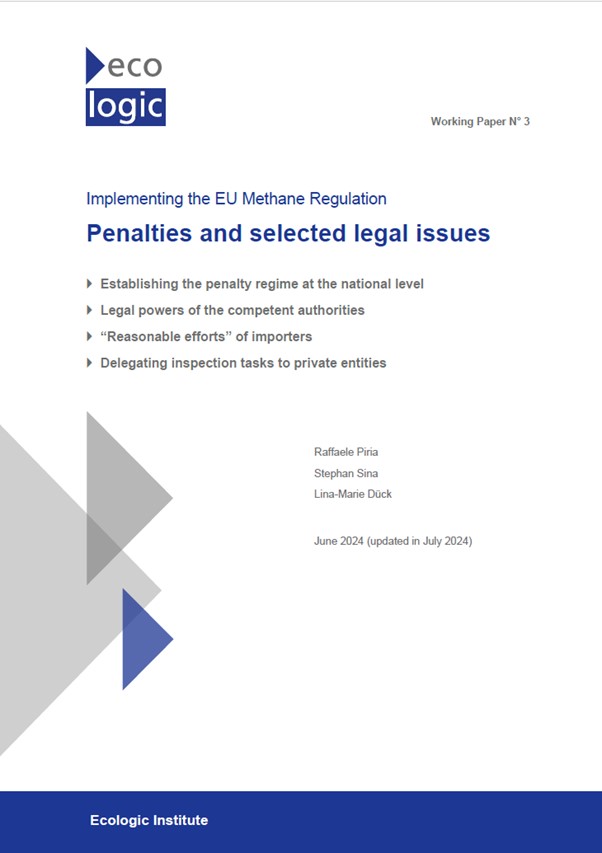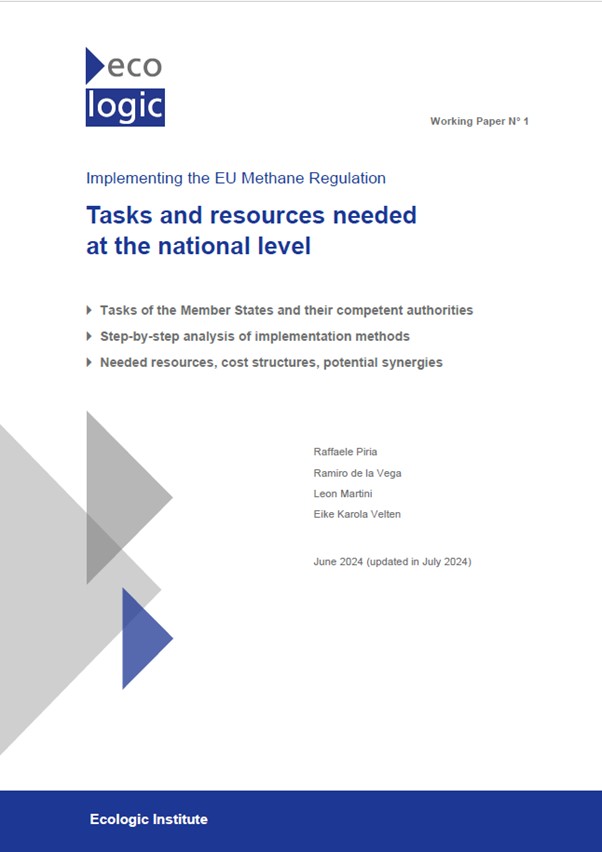Integrating Hydrogen Emissions Into the EU Policy Framework
Why hydrogen emissions matter, when they will become significant, and how the EU can tackle them
- Publication
- Citation
Piria, Raffaele, and Eike Karola Velten: Integrating hydrogen emissions into the EU policy framework. Ecologic Institute, Berlin, 2025. Available at: https://www.ecologic.eu/19988.
While hydrogen (H2) emissions make up a negligible fraction of today's GHG emissions, they are set to become more significant in the 2030s and, should the EU and the global community progress towards climate neutrality, will likely be substantial in the 2040s, as achieving climate neutrality requires the expansion of hydrogen use alongside the rapid reduction of other GHGs.
As decisions made today will shape hydrogen value chains for decades, this paper develops a series of policy proposals to implement a four-pronged strategy:
- Limit the use of hydrogen and its derivates to beneficial applications
- Establish hydrogen emission reporting systems and target setting
- Reduce the hydrogen emissions intensity of processes and equipment
- Research and technological development
While this report focuses on strategies to prevent and mitigate H2 emissions, it is also crucial to recognise the importance and urgency of limiting methane (CH4) and carbon dioxide (CO2) emissions associated with hydrogen value chains. Until fossil-based hydrogen production is reduced to well below 10% of overall hydrogen production, – a significant drop from the current level of clearly more than 95% – CO2 and CH4 emissions will remain the primary driver of climate impact in H2 value chains.

